Native American Heritage Month: Identity & Storytelling
Many lessons ran through my mind while reading There There by Tommy Orange. We could talk about the parallel plot text structure; we could talk about...
AP & Honors Mathematics
Explore Wiley titles to support both AP and Honors mathematics instruction.
Literacy Skills & Intensive Reading
Connections: Reading – Grades 6–12
Empower student success with a proven intensive reading program that develops strong reading skills in striving readers.
Drama, Speech & Debate
Basic Drama Projects 10th Edition
Build students’ confidence and competence with comprehensive, project-based theatre instruction.
Literature
Connections: Literature
Support learners as they study dynamic, relevant texts and bring the richness of diverse voices to students through literature.
Literature & Thought
Develop critical thinking, reading, and writing across literacy themes, genres, historical eras, and current events.
Language Arts
Vocabu-Lit® – Grades 6–12
Help students build word power using high-quality contemporary and classic literature, nonfiction, essays, and more.
Connections: Writing & Language
Help students develop grammar, usage, mechanics, vocabulary, spelling, and writing and editing skills.
Reading/English Language Arts
Measuring Up to the English Language Arts Standards
Incorporate standards-driven teaching strategies to complement your ELA curriculum.
English Language Learners
Measuring Up for English Language Learners
Incorporate research-based best practices for ELLs with an approach that includes a focus on language acquisition strategies.
Mathematics
Measuring Up to the Mathematics Standards
Incorporate standards-driven teaching strategies to complement your mathematics curriculum.
Foundations
Measuring Up Foundations
Help students master foundational math skills that are critical for students to find academic success.
Science
Measuring Up to the Next Generation Science Standards
Give students comprehensive NGSS coverage while targeting instruction and providing rigorous standards practice.
Assessment
Measuring Up Live
Deliver innovative assessment and practice technology designed to offer data-driven instructional support.
For a better website experience, please confirm you are in:
5 min read
-1.png) Michael M. Guevara
Nov 1, 2021 10:10:31 AM
Michael M. Guevara
Nov 1, 2021 10:10:31 AM

Not long ago, with work piling up, to-do things needing to be done, and the fate of the free world basically depending on what I did next, I chose what any responsible adult does in these situations: I continued scrolling through TikTok for several hours more.
And like most people who’ve spent any time on the time- and soul-sucking app, I came across the video of that middle school teacher in California wearing a badly conceived Native American headdress dancing around her classroom, chanting and hooting and hollering in a what everyone in the room but her knew was racially offensive.
Honestly, she probably knew her actions were offensive, but on the off-chance she didn’t, it’s probably because she has never been exposed to the authentic and affirming representations of Native Americans.
That is probably true for lots of students as well.
As we celebrate American Indian/Alaska Native Heritage Month throughout November, it’s a good time to evaluate the books in our classroom libraries for representation. What are the stories and who are the authors we have provided our students access to?
One book to consider adding to your collection is Hearts Unbroken by Cynthia Leitich Smith. Early in the novel, readers feel what Louise Wolfe has experienced her entire life when she learns her boyfriend’s mother is upset and wants Cam to talk some sense into his older brother who has gotten engaged to a Native American girl.
“‘Your mom will get over it,” I said. “As long as Andrew’s happy—”
“I don’t think so. The girl is a Kickapoo Indian, so you know. She works at a coffee shop on Massachusetts Street in Lawrence.”
We got in line for the carving station. “So…I know she’s a barista?”
“Let’s be real,” Cam replied. “She probably took one look at Andrew and saw dollar signs. Why else would she be working in a place like that, if not to hit on college guys?” (6)
Cam seems like the quintessentially perfect high school boyfriend—rich, popular, hot, a football player, and Louise’s date to prom, but the fissures in the relationship manifest early in the first chapter and readers get a taste of one of the frustrating realities Native Americans experience regarding heritage.
My WASP boyfriend drew himself up, emphasizing the height and girth difference between us. “Look, Louise, I’m sorry if you have a problem with…whatever. But I’m a good guy. And, like I’ve told you, I’m part Cherokee on my mom’s side. Don’t get all—’”
“Sanctimonious?” Fact: he’s not a citizen of any of the Cherokee nations. He can’t name a single Cherokee ancestor who was. I profoundly doubt he’s even a distant descendant.
Cam’s entire basis for conveniently claiming Cherokee heritage is a combo of uninvestigated family mythology and the fact that his occasionally insufferable mother is proud of her bone structure. He’d never identify as Indian when it cost him something. (8)
But relationship struggles aside, Cam and his comments are only a precursor to conflicts that Louise will confront as she begins her senior year vying for the chance to cover the features beat for the school newspaper. It is the journalism class that serves as the vehicle to uncover the conflicts brewing in the community and carrying over to the school.
Many of the conflicts and misunderstandings stem from a lack of knowledge and experience. This November, American Indian/Alaska Native Heritage Month can serve as the catalyst to providing students with texts by and about Native Americans. Hearts Unbroken by Cynthia Leitich Smith is an excellent start.
Journalists often think of topics for the stories they write in terms of angles. They think about what angle they will take on the story. What point of view or perspective will the writer take? What aspect of the story will the writer consider that others might not have thought about? What lens will the writer use to write the story?
In Hearts Unbroken, Louise Wolfe is vying for the features beat on the school newspaper. As she is trying to impress the editor-in-chief and the journalism teacher, she considers a topic that the others think might be too big for a novice reporter. They suggest a story on the new janitor, which sounds less than thrilling to Louise until she gets a lesson on angles.
“‘Okay. Let’s see how it goes and… if you need a backup idea, you might consider doing a feature on the new head janitor.”
“Sounds thrilling,” I muttered, discouraged by her lack of faith.
The bell rang. As I was hurrying past the teacher’s desk to beat Wyatt to the bike rack, Ms. Wilson said, “About the new custodian…last year, the cafeteria staff compiled a top-twenty list of all the rude, crude things that students had said to them. It was kind of funny and kind of not funny. Some kids treat certain staff members like they’re invisible or, worse, beneath them.”
Ms. Wilson began cleaning her glasses. “Some teachers and administration do, too.”
I hadn’t thought about it like that. (49)
Students will use the multi-mode chart to consider a topic, article, or book from multiple perspectives. Teachers will pick a topic, an article they have read in class, or even a class novel or free-choice reading book for students to consider from multiple perspectives for multiple modes of writing.
The icons on the multi-mode chart connect to the following modes/genres.
Using the topic Louise did not find thrilling in the excerpt, guide students through looking at custodians/cafeteria workings through different lenses/angles.
|
Title: Custodians/Cafeteria Workers |
Genre: Actual People |
|
Computer Mouse (Research) |
What are the biggest hazards/dangers they face? What are salary ranges? What equipment and chemicals do they need but don’t have? |
|
Division Sign (Argument/Persuasive) |
Should students in ISS/detention be required to clean/do work the custodians do? Students should serve volunteer shifts with cafeteria workers to learn cooking skills. Teachers should clean their own classrooms to allow custodians to focus on the larger public areas of the school. |
|
m&m (Personal Essay) |
The custodian who brought me a KU hat because he noticed all my University of Kansas things when he was cleaning my room. The cafeteria worker who participated in our Three Kings Celebration and got the baby in the cake, so she brought our department homemade tamales. |
|
A & E (Creative Writing) |
Write the lyrics for a Weird Al spoof song in praise of cafeteria workers and custodians. A feature story on the custodian who has worked at the school the longest. An ode in praise of the cafeteria workers and the custodians. |
|
Four Stars (Review Analysis) |
Write a review on the best meal served in the cafeteria. Write an analysis of the custodian’s cleaning agenda—what gets cleaned when and why that works best. |
Have students choose a topic of their own or something from a book or article to take through the multi-mode chart. From Hearts Unbroken, students might choose journalism and for the division sign choose something like student journalists should have the same rights and freedoms as professional journalists.
Interested in buying any of the books mentioned in this post? Visit our classroom libraries page.
Download the pdf to easily print or save!
Michael Méndez Guevara is a former high school journalism and English teacher who spent his time in the classroom helping students see themselves as writers and fall in love with reading through the world of young adult literature. As an educational sales consultant with Perfection Learning®, Michael works with teachers and schools on improving their literacy instruction and providing resources to help students achieve academic success. He has taught elementary school, middle school, and high school and has worked as a district level leader and served on the Texas state standards revision committee that developed the state’s current literacy standards. He is the father of three adult sons, the youngest a student at the University of Kansas—Rock Chalk! Michael is working on a professional development book for literacy educators and currently has agents reading the manuscript of his young adult novel, The Closest Thing to a Normal Life. When he's not reading, writing, or running, Michael is fully committed to watching as much Law & Order as possible.
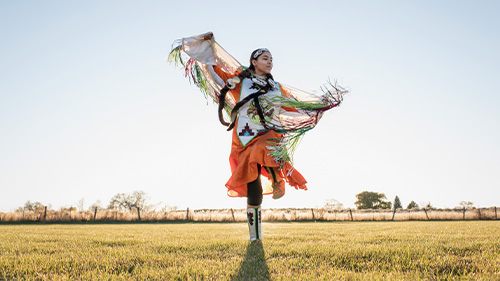
Many lessons ran through my mind while reading There There by Tommy Orange. We could talk about the parallel plot text structure; we could talk about...

The way authors structure their books is sometimes jaw-dropping. So impressive that by the end you hug it tight, knowing it taught you something, or...
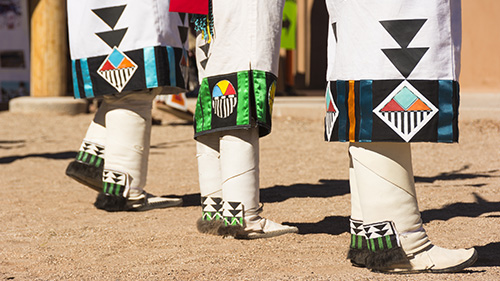
In recent months I learned, along with others around the world, of the horrific stories of the mass unmarked grave sites of Indigenous, or...
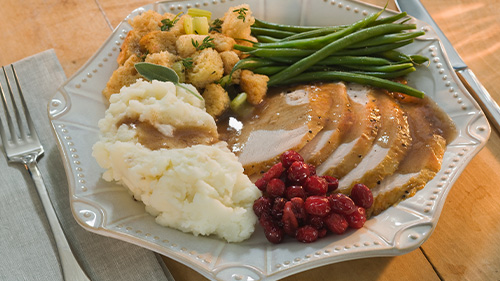
Like most kids ushered though elementary school in the days when the Charlie Brown holiday specials aired on television once a year and if you missed...
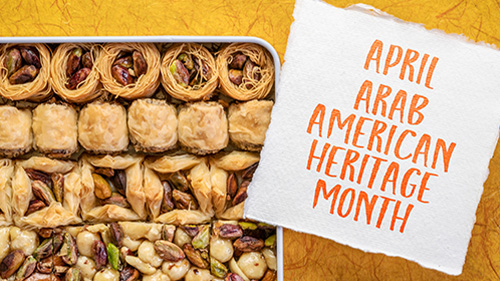
The best part of being an ELA teacher is getting to expose students to a diverse set of stories. To appreciate the new cultures and heritages more...
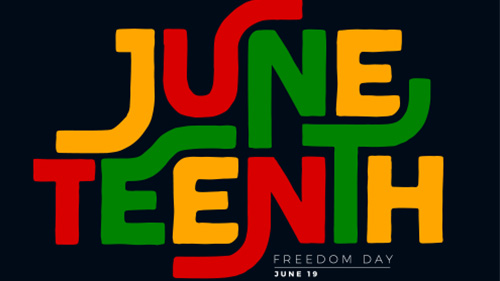
Explore engaging and interactive Juneteenth lesson plans designed for secondary education students to deepen their understanding of this important...

In AP English Literature classrooms, it is essential to recognize that everyone’s literature matters. The canon of literature has historically been...

In AP English Literature classrooms, it is essential to recognize that everyone’s literature matters. The canon of literature has historically been...
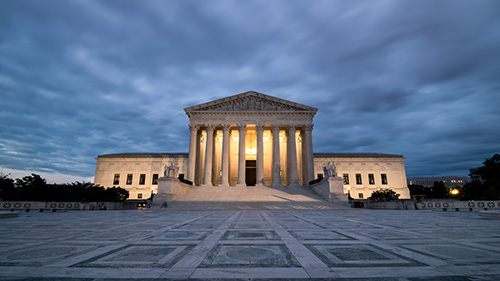
One of the personal stories I frequently share with my students is how I nearly became a lawyer. I majored in political science and philosophy in...

In honor of Black History Month, I have created a lesson that can be used for students to learn (or review what they have learned) about African...

Mental health is just as important as our physical health, and many educators understand this. According to the National Institute of Mental Health,...

Between 1607 and 1754, the British presence in North America vastly increased and there were more than 30 British colonies. Among those colonies were...
